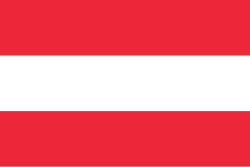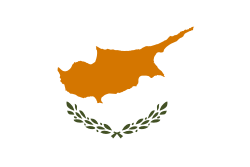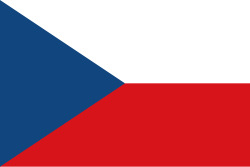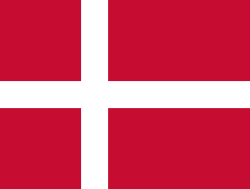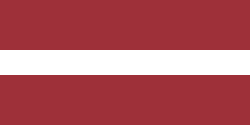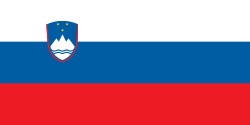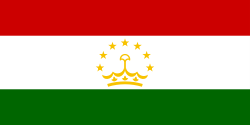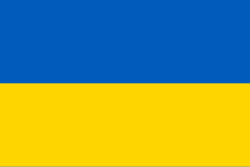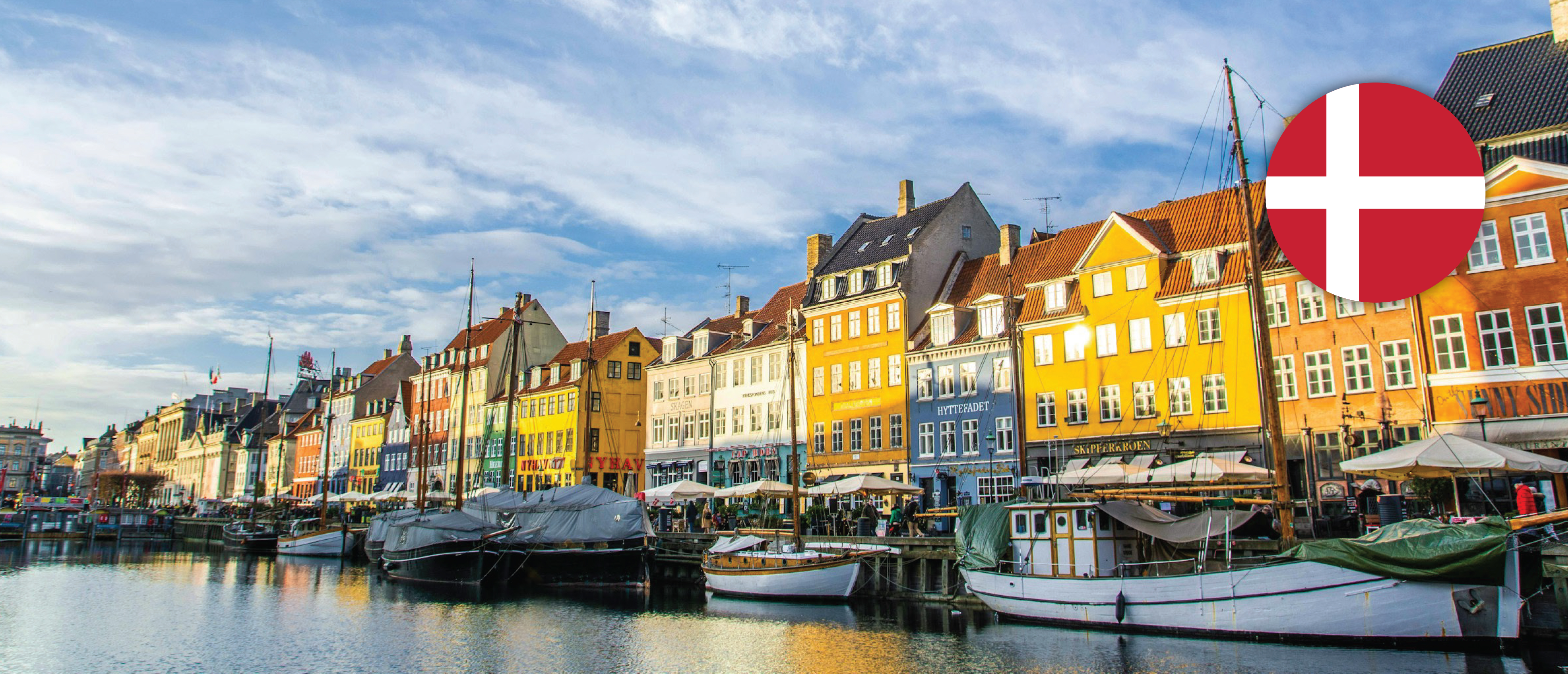General Information
Population
Immigration
Emigration
Working-age population
Unemployment rate
GDP
Refugees, Asylum seekers, IDPs
Citizenship
Territory
Migration Authorities
Responsible Body
Line Ministries
Agencies
Description
In June 2025, Denmark’s population reached 6,001,469, while the number of people of Danish origin remained stable at 5,015,600. Population growth, averaging about 0.5% annually, is driven mainly by immigration as birth rates among the native population continue to decline. According to Denmark’s national statistics office, the population is projected to rise to 6,271,185 by 2070, while the number of people of Danish origin will slightly decline to 4,832,570.
Over the past decade, immigration to Denmark has grown nearly two-fold, from 440,000 in 2012 to 817,454 people in 2025 (16.3% of the population). As of 2025, the top three countries of origin of immigrants include Ukraine (46,788), Türkiye (35,667) and Syria (35,389). Other popular origin countries are Germany, Iraq, Iran, Bosnia and Herzegovina, the United Kingdom and Pakistan. In 2024 alone, 83,216 people moved to Denmark, including 18,508 returning Danes. The largest groups of arrivals came from Ukraine (8,942), Romania (5,395) and Germany (5,081).
The number of first residence permits issued to non-EU nationals in Denmark increased from 28,149 in 2021 to 42,805 in 2023, with employment (13,935), education (13,049) and family reunification (12,146) being the main grounds for issuance. Work-related immigration to the country is rising as Denmark eases conditions for hiring foreign skilled workers through measures such as the Supplementary Pay Scheme introduced in 2023, Fast-Track Scheme and the Positive List of shortage occupations, including healthcare, technology, energy, and engineering. By 2025, close to 160,000 people had the right to live in Denmark for work, including 101,017 EU nationals and 56,701 non-EU nationals. Education has been a particulalrly dynamic driver of immigration, with permits rising by 133.7% from 5,587 in 2021 to 13,049 in 2023, slightly above pre-pandemic levels. To attract more international students, Denmark introduced 1,100 additional English-language study places annually for 2024-2028, with the number set to rise to 2,500 per year from 2029 onward. While Denmark’s high-quality education system and wide range of English-taught programmes attract many international students, nearly half leave within two years of graduation.
Emigration from Denmark has also been on the rise, reaching 69,467 people in 2024. This growth is driven entirely by foreign nationals, whose emigration increased from 18,558 in 2007 to 52,580 in 2024. In contrast, the number of Danish citizens leaving the country has declined over the same period, from 24,150 in 2007 to 16,887 in 2024. The main destination countries among both Danes and foreigners in 2024 were the US (5,242), Germany (4,093), Sweden (3,467) as well as Poland (3,104) and Romania (3,648). Most emigrants leave for work and study, with many Danes being highly educated and working as entrepreneurs or professionals in healthcare, technology and engineering.
Denmark has taken an increasingly restrictive approach to asylum in recent years. Asylum seeker numbers peaked in 2015 during the Syrian refugee crisis but fell sharply afterwards, following Danish government measures such as reducing social welfare for asylum seekers and shortening the duration of temporary residence permits. In 2024, Denmark further tightened the family reunification rules and welfare benefits for asylum seekers. As a result, asylum recognition rates have drastically declined from 21,316 in 2015 to just 2,333 in 2024. That same year, the number of first-time asylum applicants in Denmark stood at 2,180, down from 6,055 applicants in 2016. In 2025, Denmark hosted 48,555 refugees, mainly from Ukraine, Syria and Eritrea. Overall, Danish asylum policy has shifted from integration to return, reflecting the government’s objective of achieving “zero asylum-seekers”. Since 2021, under Bill L226, Denmark has also allowed asylum cases to be processed outside Europe.
In March 2022, the Danish government adopted a law covering people fleeing Ukraine (the Special Act), closely mirroring the European Union’s Temporary Protection Directive, which grants residence until March 2027 along with rights to schooling, social benefits and temporary accommodation. By 2025, 33,929 Ukrainians had the right of residence in Denmark under the Danish Special Act.
In 2024, the number of non-EU nationals found illegally present in Denmark rose by 40% to 1,540, after more than doubling the year before (510 persons in 2022 and 1,100 in 2023). Out of 2,170 non-EU nationals ordered to leave in 2024, 965 were returned, representing a 44% return rate, down from 65% in 2023. The focus on return and repatriation is highlighted in the Danish state policy offering support to those choosing voluntary repatriation.
Danish migration policy is steadily evolving. In April 2023, the Danish Agency for International Recruitment and Integration amended the Danish Aliens Act, introducing measures such as the new Supplementary Pay Limit Scheme; relaxed rules for employers under the Fast Track scheme; longer validity period for automatic jobseeker permits for third-country nationals with a Danish degree; updates to the Positive List; and expanded eligibility for the Start-up Denmark scheme. These changes aim to address labour shoratges in Denmark while protecting the local labour market. As of November 2023, employees of foreign companies linked to Danish firms with at least 50 staff can work in Denmark for short stays (up to 15 days at a time, twice within 180 days) without a work permit. Denmark’s integration training programme, launched in 2016 to help refugees enter the labour market, has been extended to 2028. This two-year programme combines schooling and on-the-job training, coordinated by municipalities and employers, and includes “language buddies” for language learning. Refugees receive trainee wages and qualify for unemployment benefits, while employers get financial incentives. In January 2024, the government set up a cross-ministerial group to review adult Danish language courses.
Denmark has opted out of the Common European Asylum System (CEAS) under Protocol No. 22, giving it discretion over participation in EU asylum and migration policies. Consequently, Denmark is not bound by the EU Pact on Migration and Asylum, including the solidarity mechanism, but it remains subject to the Dublin III Regulation and the Eurodac Regulation governing asylum procedures and biometric data collection. Despite this opt-out, Denmark has joined discussions on implementing the Pact, with the Danish Refugee Council emphasizing the need to uphold fundamental rights in the process.
In 2021, Denmark joined the EU Joint Coordination Platform to curb irregular migration and human trafficking along the eastern Mediterranean. The platform aims to improve border control, facilitate returns, address human trafficking and improve conditions for asylum seekers. Denmark has been a strong advocate for processing asylum claims outside the EU, aligning with its national policy.
Denmark has adopted the Global Compact for Safe, Orderly and Regular Migration and actively collaborates with international organisations on migration management, funding various global projects to this end. Danish immigration law is based on the Integration Act of 2012 as well as the 2006 Aliens Act and has been subject to many changes over the past 15 years.


